Popular on Food52
Continue After Advertisement
15 Comments
mortie
July 1, 2016
Our refrigerator ice machine died 3 years ago. What a blessing this was! Living in Texas, we put ice in everything, even my hot tea. After many hours of research I found the Luna Ice Machine. It truly makes delicious clear ice using the same method as sickies are formed - water flowing down over the cold cube tray. No air bubbles. Just beautiful clear ice.
Brian
May 16, 2014
If you have room, fill a small cooler or insulated container with water and set it in the freezer with the lid open or uncovered. The water will freeze from the top down. Then you just take it out once the ice is thick enough, and the water furthest away from the exposed air will be unfrozen, but also be where all those nasty air bubbles would have formed if the block froze all the way through. Use your favorite method to chip off chunks or cut/break it into blocks. I did this all winter here by setting a cooler outside overnight. Worked very well for perfectly clear ice.
Rebecca M.
January 5, 2014
I saw a test done on Discovery Channel (don't remember which show, though) a while ago on getting clear ice-- the experiments boiled down to getting all the little air pockets out, since that familiar cloudiness is microscopic air pocket that get trapped as the water freezes. The most successful remedy was to attach a device to the container that would vibrate it as it froze, thereby shaking all those little bubbles free as they formed. I can envision duct-taping one of those battery-powered toothbrushes to the outside of my pan and leaving it on until the ice is done. I might even try this the next time I need some nifty ice for a party.
John
December 12, 2013
Ice made in your freezer is frozen from the outside in, thus trapping air/gas, creating a cloudy result. Professional ice makers crest ice from the inside out. Water is sprayed on a below freezing rod for example, resulting in clear ice.
rsimpson3
December 9, 2013
It's really sad that an article on making perfect ice makes no reference to Camper English who, to the best of my knowledge, did the definitive research on making ice at home and shared much more comprehensive explanations and the solution. Admittedly, his work was posted in a series of articles, but Kevin Liu beautifully summed it up (and paid it proper tribute) on Serious Eats.
CBZ
December 5, 2013
I made perfectly clear ice once in my home freezer. I have no idea how it happened and always am trying to replicate it. I am glad I am not the only one obsessed.
Alan S.
December 5, 2013
I may try one of these. I have always hated ice in my drinks since I was kid and got a soda at Dairy Queen, it must have been sitting our for a while, it was just about water. Since then I just put my drinks in the fridge or freezer.
CBZ
December 5, 2013
I love ice. Lots and lots of ice. However, that is only in the home setting. When I am out I request my drinks with no ice and a glass of ice on the side that way I can maintain control.
Jack S.
December 5, 2013
Two problems should be addressed, for at-home ice making: Air & impurities. Just buy 'distilled water' from your local store, and use this to make your ice... it's cheap, it's quick & just don't shake it up beforehand...
Cookie
September 30, 2017
I use only distilled water for drinking and ice, and it does not at all provide clearer ice without prep. Cloudy ice is simply a matter of the ice freezing from the outside in, trapping air bubbles. I use a Whiskey Ice iceball maker for my cocktails, and it does help to leave the ice plug molds in the fridge overnight and let some of the gasses escape prior to freezing. The resulting ice balls are not perfect, but pretty damn close. They take hours to melt.
andy
December 5, 2013
First: I am a long-time lurker and really enjoy your blog.
As a physicist, I would be remiss in my general duties if I didn't point one subtlety out.
Frozen water has a well defined density and it is very incompressible (meaning you can't very easily change the density). The difference between high quality or pure ice and what you make in your freezer at home, as you note, is small air pockets. Air has a much lower density than water and it therefore reduces the total density of things contained within the ice cube, but not the density of the actual ice. By itself, this density effect has absolutely no bearing on melting rate.
As for the increased melting rate, it is caused by the gas bubbles. As the ice starts to melt, the air pockets are filled with liquid which increases the surface area of the ice that is exposed to your cocktail and therefore the melting rate.
Fortunately, I drink my scotch neat and don't have to worry about ice at all!
As a physicist, I would be remiss in my general duties if I didn't point one subtlety out.
Frozen water has a well defined density and it is very incompressible (meaning you can't very easily change the density). The difference between high quality or pure ice and what you make in your freezer at home, as you note, is small air pockets. Air has a much lower density than water and it therefore reduces the total density of things contained within the ice cube, but not the density of the actual ice. By itself, this density effect has absolutely no bearing on melting rate.
As for the increased melting rate, it is caused by the gas bubbles. As the ice starts to melt, the air pockets are filled with liquid which increases the surface area of the ice that is exposed to your cocktail and therefore the melting rate.
Fortunately, I drink my scotch neat and don't have to worry about ice at all!
Gigi
December 6, 2013
If it's about density / air pockets is there a way to maybe "vacuum pack" water?

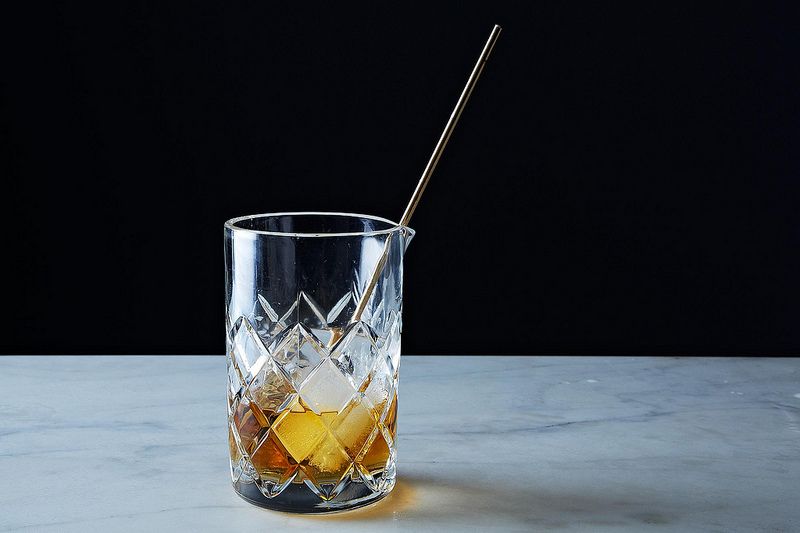
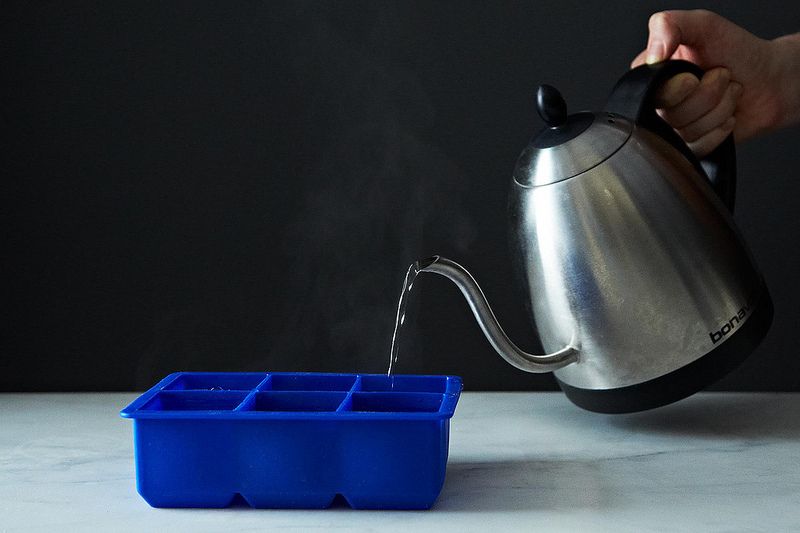
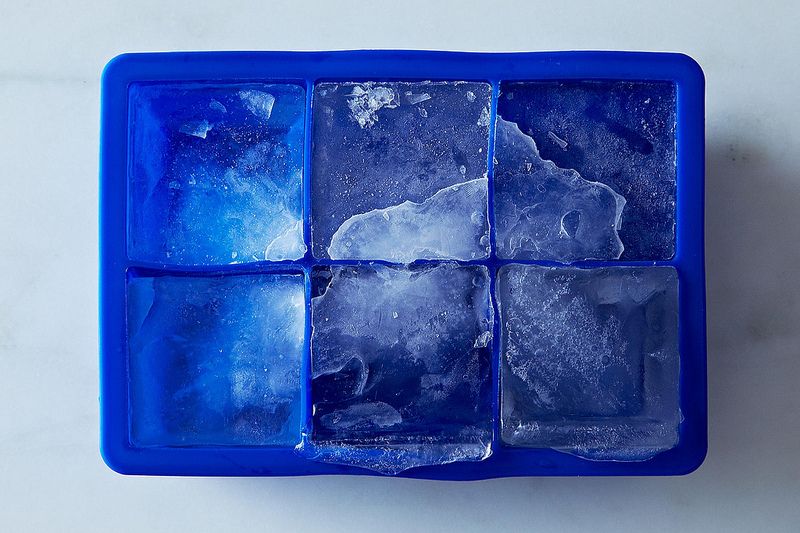
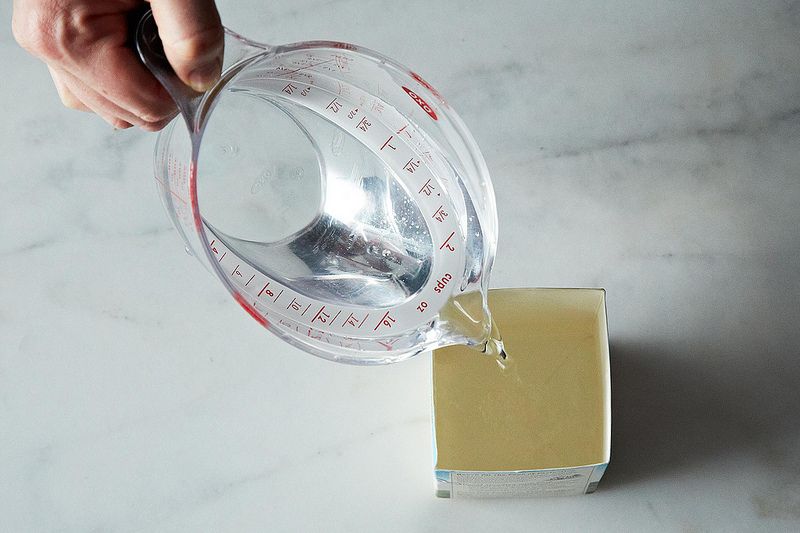
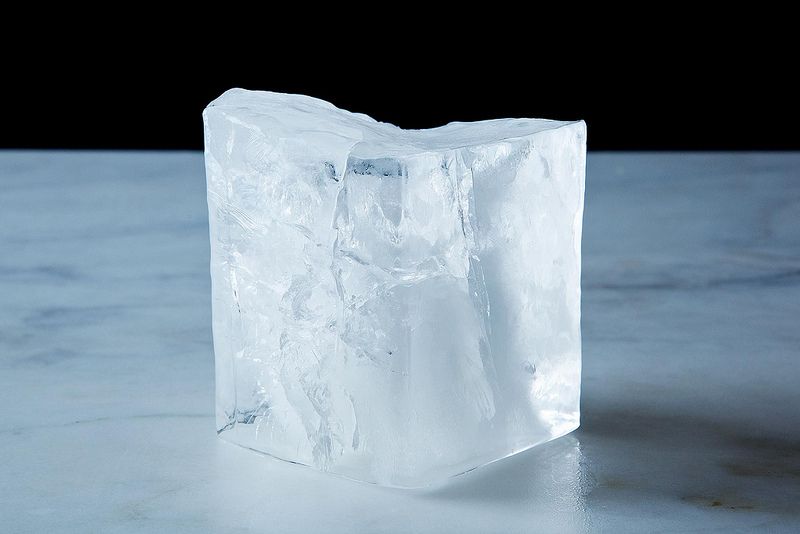
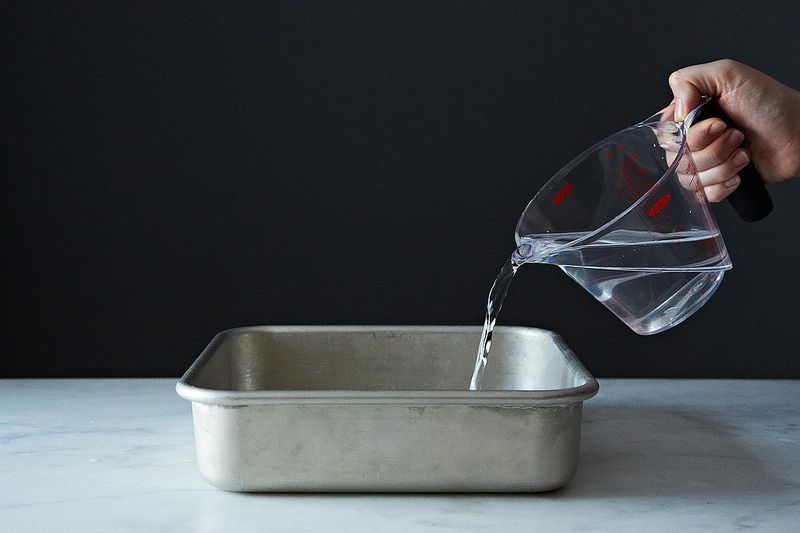
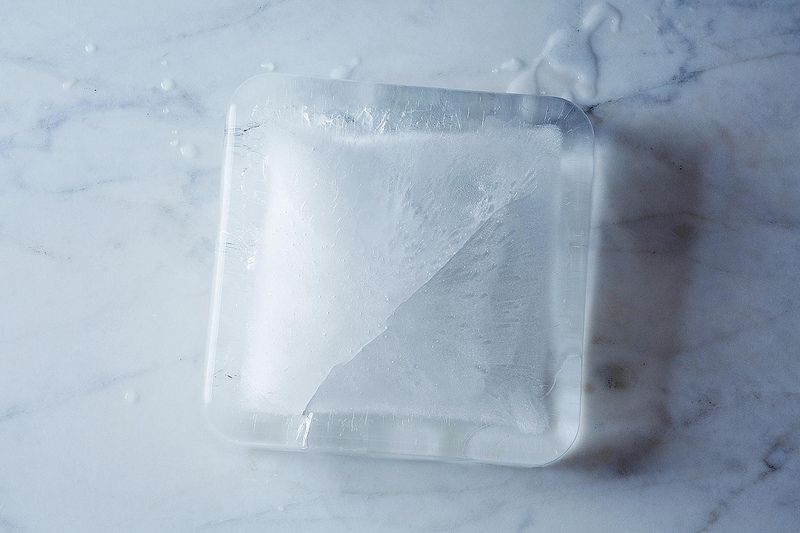


See what other Food52 readers are saying.